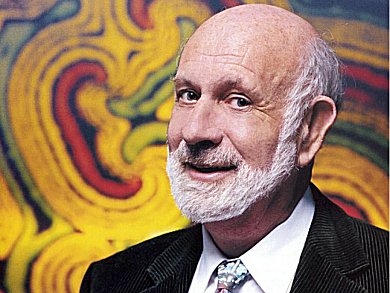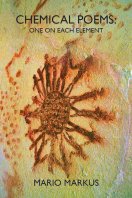To date, 118 chemical elements have been found. Professor Mario Markus, Max Planck Institute for Molecular Physiology, Dortmund, Germany, takes a look at each element, presenting a poem based on its natural properties along with a scientific overview of each element.
All 118 poems – as well as some poems about elements that only exist in theoretical simulations – are published in the book Chemical Poems: One On Each Element by Mario Markus. ChemViews Magazine publishes a selection of these poems.
W |
Tungsten |
|
|
Shiny, steel-gray metal. Density: 19.25 g/cm³. It was discovered by the Spanish brothers Juan José and Fausto Elhuyar in 1783. It is called Wolfram in many European languages, which is the reason for the symbol W. Wolfram means “filth of the wolves” in old German because its presence in minerals interferes with the production of tin: it “eats” tin like a wolf. The name “tungsten” comes from the Swedish tung sten, heavy stone. Of all the elements, it has the highest known melting point (5700 °C), the highest tensile strength, the lowest coefficient of thermal expansion and the lowest vapor pressure. It is also extremely ductile. In fact, one gram can be extended to a wire 400 meters long. These properties make it suitable for the filaments of light bulbs. These filaments are also used for wrapping around the strings of musical instruments. Archaea are the oldest living beings on earth. They require substances different from oxygen, such as sulfur or ammonia, and high temperatures, namely up to 110 °C to live. Today they live in volcanic fractures on the ocean floor, as well as in sulfurous water or oil sources coming from great depths and having high temperatures. Archaea fossils are up to 2.7 billion years old – half the age of the Earth. In biology, one speaks of three domains: bacteria, eukaryotes (plants, animals, protozoa and fungi) and archaea. In order to operate under the extreme conditions of their habitats, archaea have enzymes containing tungsten [1]. [1] R. Roy, W. W. Adams, J. Bacteriol. 2002, 184, 6952–6956. |
Archaea: This is the metal we see
|
Professor Mario Markus, Max Planck Institute for Molecular Physiology, Dortmund, Germany.
www.mariomarkus.com
Chemical Poems – One On Each Element,
Mario Markus,
Dos Madres Press 2013.
ISBN: 978-1-933675-98-5
Perfectbound, 308 pages, English, $30

Interview with Mario Markus: Poetry and Chemistry,
ChemistryViews 2013.
htttps://doi.org/10.1002/chemv.201300010
The poems have also been published in German in:
- Chemische Gedichte,
Mario Markus,
Shaker Media, Herzogenrath, Germany, 2011.
ISBN: 978-3868587012
See all poems published so far by ChemistryViews.





